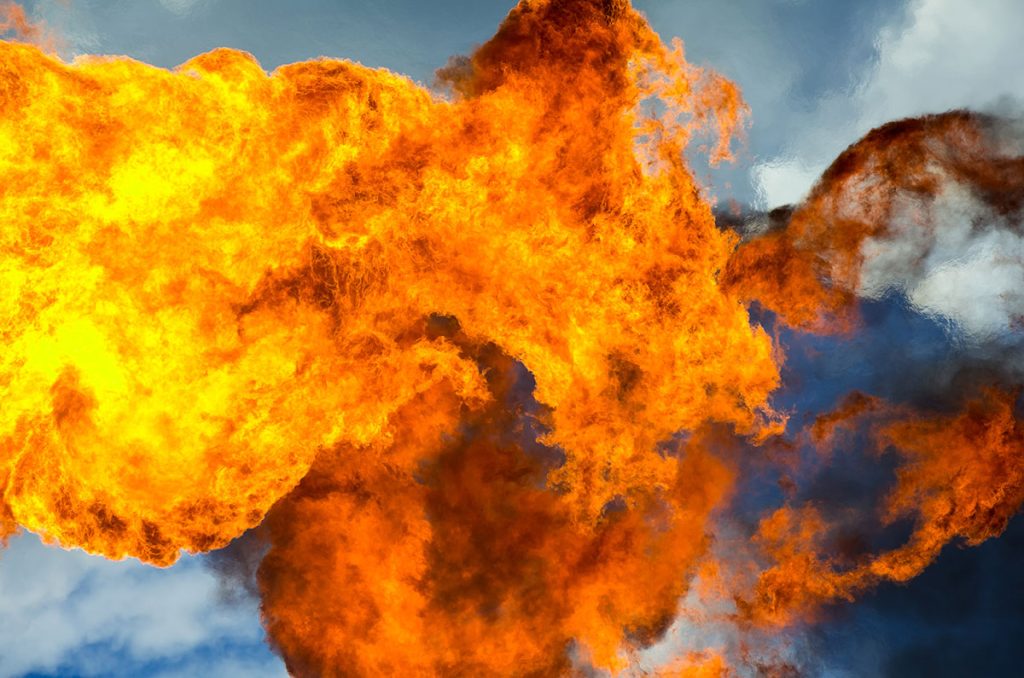
– Increase equivalent to adding five million cars to the roads
Washington — In 2023, the amount of gas flared worldwide rose by nine billion cubic meters (bcm) to 148 bcm, its highest level since 2019. The increase resulted in an additional 23 million tonnes of carbon dioxide equivalent emissions, an amount similar to adding about five million cars to the roads, finds new satellite data compiled by the World Bank’s Global Flaring and Methane Reduction (GFMR) Partnership.
“Millions of people still lack access to basic energy and greenhouse gas emissions continue to grow, while huge volumes of gas continue to be wastefully flared every year.” said Demetrios Papathanasiou, World Bank Global Director for the Energy and Extractives Global Practice. “Capturing and using this wasted gas could displace dirtier energy sources, reduce greenhouse gas emissions, and generate enough power to double the amount of electricity provided in Sub-Saharan Africa.”
Gas flaring releases harmful pollutants, including black carbon and unburnt methane, which contribute to climate change and pose risks to both people and the planet. Eliminating gas flaring would avert at least 381 million tonnes of carbon dioxide equivalent emissions being released into the atmosphere each year. When productively used, wasted flared gas can help displace dirtier energy sources, increase energy access in some of the world’s poorest countries, and provide many countries with much-needed energy security.
“The increase in gas flaring is particularly disheartening as it comes after a long-overdue reduction in 2022. This sets global gas flaring levels back to what we experienced in 2019. We’re hopeful that this is somewhat of an anomaly and the longer-term trend will be dramatic reductions,” said Zubin Bamji, World Bank GFMR Manager.
The World Bank’s annual Global Gas Flaring Tracker Report is a tool for monitoring and understanding the state of flaring worldwide and the progress made towards achieving Zero Routine Flaring by 2030.
The World Bank’s Global Flaring and Methane Reduction (GFMR) Partnership, together with the Payne Institute at the Colorado School of Mines, has developed global gas flaring estimates based upon observations from a satellite, launched in 2012 and operated by the U.S. National Oceanic and Atmospheric Administration.
The advanced sensors of this satellite detect the heat emitted by gas flares as infrared emissions. GFMR is a multi-donor trust fund composed of governments, oil companies, and multilateral organizations committed to ending routine gas flaring at oil production sites across the world and reducing methane emissions from the oil and gas sector to near zero by 2030.
GFMR provides grant funding, technical assistance, policy and regulatory reform advisory services, institutional strengthening, and mobilizing financing to support action by governments and operators, thereby jump-starting the deployment of flaring and methane reduction solutions.



